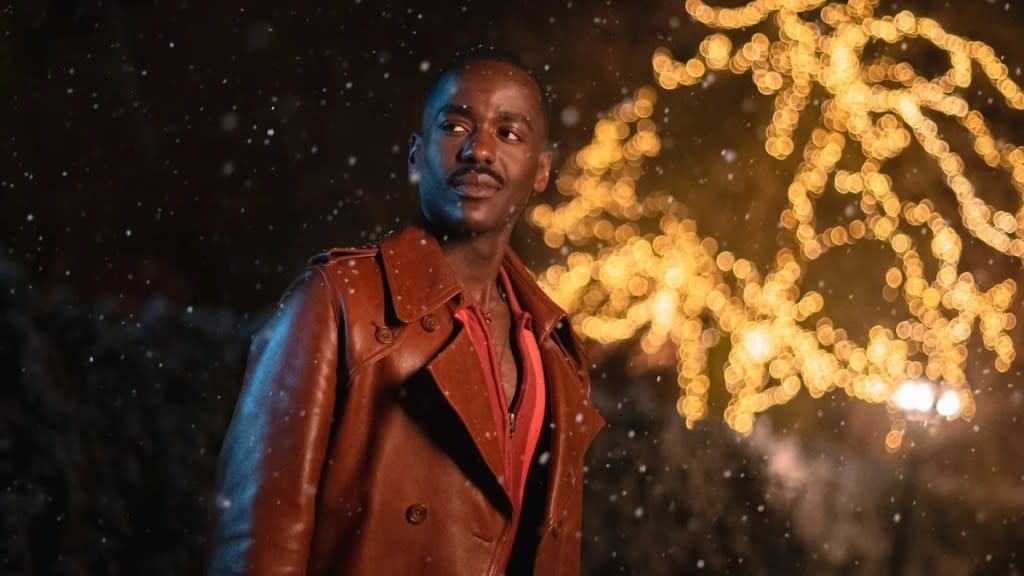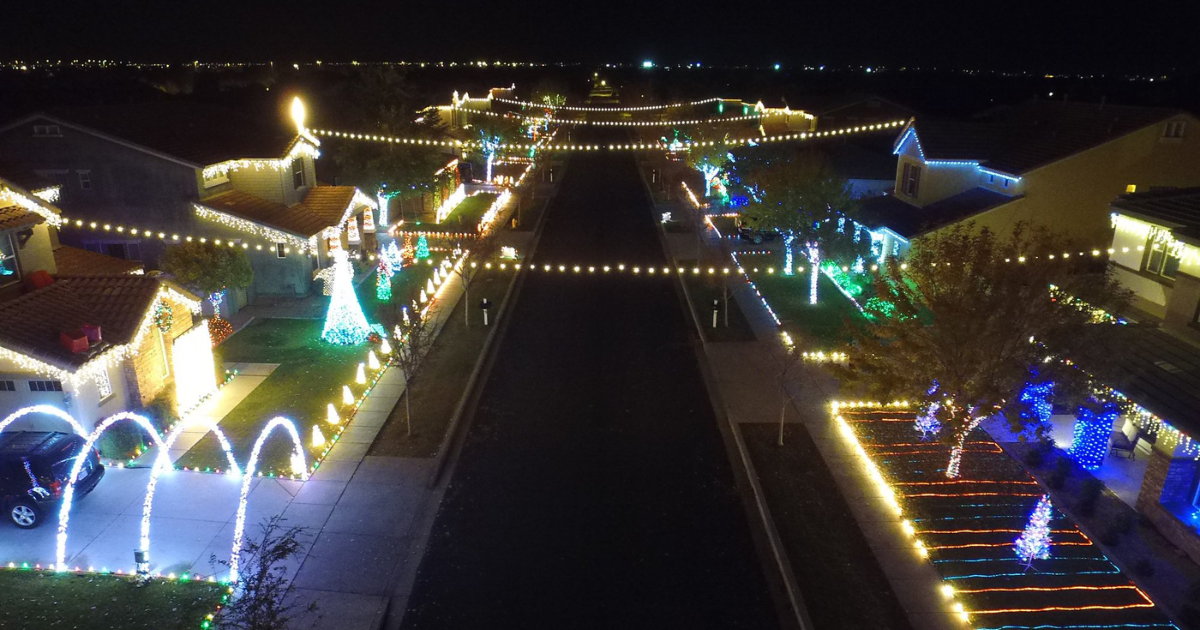
WEIGHT: 58 kg
Breast: 38
One HOUR:200$
NIGHT: +50$
Services: Cunnilingus, Fisting vaginal, Moresomes, Face Sitting, Spanking (giving)
Gilbert Taylor , B. The son of a Hertfordshire builder, Taylor grew up in Bushey Heath. A paternal uncle was a newsreel cameraman and contact with him from the age of ten gave Taylor early experience of working with cameras and developing film stock. A neighbour offered Taylor, aged 15, a job as a camera assistant to William Shenton, a cinematographer working for Gainsborough Studios at their Islington base.
In , Taylor worked on the studio's final two silent films. Despite his junior status, formally a second camera assistant, Taylor was entrusted with some of the special effects work, including the use of mattes , to disguise the roofs of poorly-maintained buildings. During six years service in World War II as an officer in the Royal Air Force Volunteer Reserve , he became an operational cameraman flying in Avro Lancaster bombers , documenting the damage after British bombing raids. He was keen for the public to see what our lads were doing.

I did 10 of those operations, including raids on Cologne and Dresden". After demobilisation, he worked for Two Cities Films. In Fame Is the Spur , he worked on a dream sequence using deep focus.
The Boulting brothers were the co-producers of the film and they placed Taylor under contract. Taylor worked on a number of films commended for their black and white photography, such as Stanley Kubrick 's Dr. Taylor, without Kubrick who was unwilling to fly in an aircraft, filmed material in the Arctic to be used as background plates in the flying sequences.

He commented later: " Strangelove was at the time a unique experience because the lighting was to be incorporated in the sets, with little or no other light used". He continued: "Much of it was the same formula based on the overheads as fill and blasting in the key on faces from the side". An easier project to work on was the Richard Lester film with The Beatles which was heavily improvised. With Lester, Chris Pizzello wrote in , Taylor "adopted a roving, multiple-camera technique aided by new, versatile zoom lenses so that the Beatles could move about freely and not worry about technicalities like hitting marks.





































